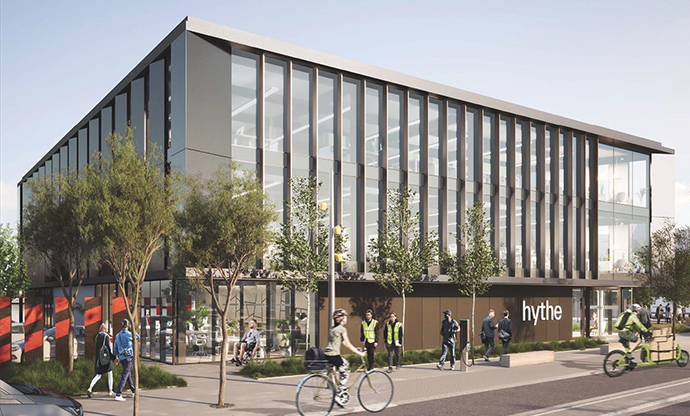Avison Young releases analysis of regional office markets for Q1 2021

Big Nine data shows slow start but sentiment and activity improving.
Strategic real estate advisor Avison Young has released its latest quarterly Big Nine office market update, covering the first quarter of 2021.
Total take-up during Q1 across the Big Nine cities amounted to 783,420 sq ft in the city centres and 676,126 sq ft out-of-town, 41% and 14% below respective ten-year averages. A number of markets have had a subdued start to the year but there has been rising sentiment alongside pockets of robust performance.
Manchester has again provided the largest take-up total, while Leeds was the stand-out performer when compared to long term averages, recording its highest quarterly take-up for more than three years. Newcastle and Bristol, which were the top performing cities in 2020, have also continued their robust performance into 2021.
Key statistics and highlights of Q1’s occupier activity:
- The public sector has seen its strongest level of take-up in 12 months, on account of five deals across the cities to the Department for Work and Pensions and substantial deals to the NHS and Ministry of Justice in Manchester. This activity is expected to continue as the levelling up agenda gains momentum.
- Covid has accelerated the appeal of flexible lease arrangements, with Cat A+ fit-out or ‘plug and play’ increasingly popular.
- We have seen the strongest flexible workspace take-up since Q4 2019, with Orega, INC Spaces and Instant Offices all acquiring space.
- The hybrid working model is gaining significant traction. Some occupiers are seeking up to 20% to 30% less, but better-quality, space in response to demand for increased flexibility.
- On the supply side, total availability across the Big Nine city centres remains at relatively low levels, having reached the lowest point in 15 years a year ago. Since then it has increased 25%. We expect availability to continue increasing in the short term, which will put pressure on secondary rents.
- Appetite for good quality space continues to put upward pressure on headline rents, which have increased by 2.8% over the past year, with rent free periods moving out slightly.
Charles Toogood, Principal and Managing Director, National Offices Team at Avison Young, said:
“A combination of lockdown and the traditionally slow start to the year has not surprisingly resulted in well below average take-up activity for the Big Nine office markets during Q1. However, sentiment is improving noticeably, enquiries are increasing and there is enough recent activity in both the occupier and investment markets to indicate that as restrictions ease, activity will increase throughout the year.”
Key statistics and highlights of Q1’s investment activity:
Following a strong finish to 2020, positive sentiment continues in the Big Nine office investment markets. Several large deals have completed since the start of the year and others are under offer. While total volumes for Q1 amounted to £177 million, 70% down on the ten-year average, Q2 volumes have already surpassed this figure.
- Bristol was the home of key transactions during Q1. Aberdeen Standard Investments bought Temple Quay House for £75m. The government backed scheme transacted at a yield of 3.7%, a record for the regional markets. In February, Kuwait-based investor Kamco and M7 Real Estate also bought TSB's Bristol headquarters at Keypoint for £20m.
- Manchester saw activity around three transactions, however these fall into Q2 figures. 3-4 Piccadilly Place has been sold for £115 million to Longmead Capital, at a 6% yield. Similarly, Windmill Green is now newly under offer, while 8 First Street has recently completed for a price of £87 million.
- There are several other deals in the pipeline, such as M&G Real Estate ’s Aurora, Barclays' offices in Glasgow, which is under offer.
- Pricing for prime stock has remained resilient over the past 12 months. The average of prime yield across the Big Nine is currently 5.33%, which compares to 5.31% a year ago. We expect the yield gap between prime and secondary property to increase as occupiers and investors continue to favour grade A buildings.
Charles Toogood continued:
“Increasingly, investors are expecting a return to the office and there continues to be a weight of money and good demand for quality product. However, there is limited stock and some buyers are understandably cautious about the quality of covenants and length of leases. Office returns are attractive to potential investors when compared to both the industrial sector, which suffers from over competitiveness in finding investment opportunities, and the risk associated with the structural change in the retail sector.”
To read the full research update on Big Nine office markets (Birmingham, Bristol, Cardiff, Edinburgh, Glasgow, Leeds, Liverpool, Manchester and Newcastle), click here.

